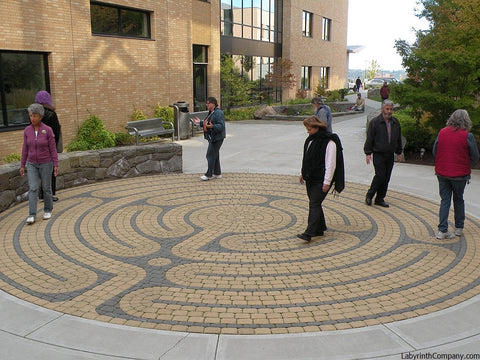World's Premier Meditation Space Creator - Over 7,500 Completed!
Meditation has entered the mainstream of conventional health care as a way to reduce stress and pain only within the last 40 years. The breakthrough came in 1976 when Ainslie Meares, an Australian psychiatrist, wrote in the Medical Journal of Australia that in some instances cancers actually regressed following intensive meditation. Meares went on to write several books about his findings, including, "Relief without Drugs."
Today meditation is being used more and more in hospitals to reduce complications that occur when increased stress leads to a depressed immune system. Medical professionals around the world have begun to realize that mental factors such as stress make a significant contribution to a lack of physical health. As a result, efforts by mainstream scientific organizations to fund research in this area are increasing including the National Institute of Health's initiative to establish five new centers to research the mind-body aspects of disease in the U.S.

In his book "Zen And The Brain," Dr. James Austin, reported that by using MRI imaging to observe brain activity, you can see that meditation actually rewires the circuitry of the brain.
Furthermore, research conducted by Dr. Herbert Benson at Harvard Medical School's Mind/Body Medical Institute found that focused walking meditations are highly efficient at reducing anxiety and eliciting what Dr. Benson calls the 'relaxation response'. He has proven this response has significant long term health benefits, including lower blood pressure and breathing rates, reduced incidents of chronic pain, reduction of insomnia, improved fertility, and many other benefits. Regular meditative practice leads to greater powers of concentration and a sense of control and efficiency in one's life.
More about the health benefits may be seen in this WebMD article: http://www.webmd.com/balance/guide/labyrinths-for-modern-stresses
Labyrinth walking is among the simplest forms of focused walking meditation, and the demonstrated health benefits have led hundreds of hospitals, health care facilities, and spas to install labyrinths in recent years. The photo above shows our St. Paul paver brick labyrinth installation at Kaiser Permanente Sunnyside Medical Center in Clackamas OR.
David Tolzmann
Author